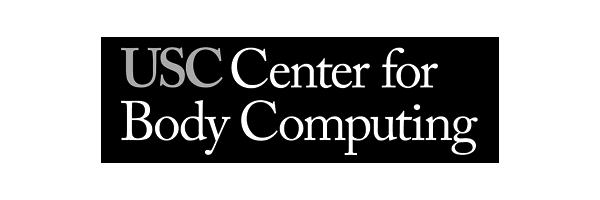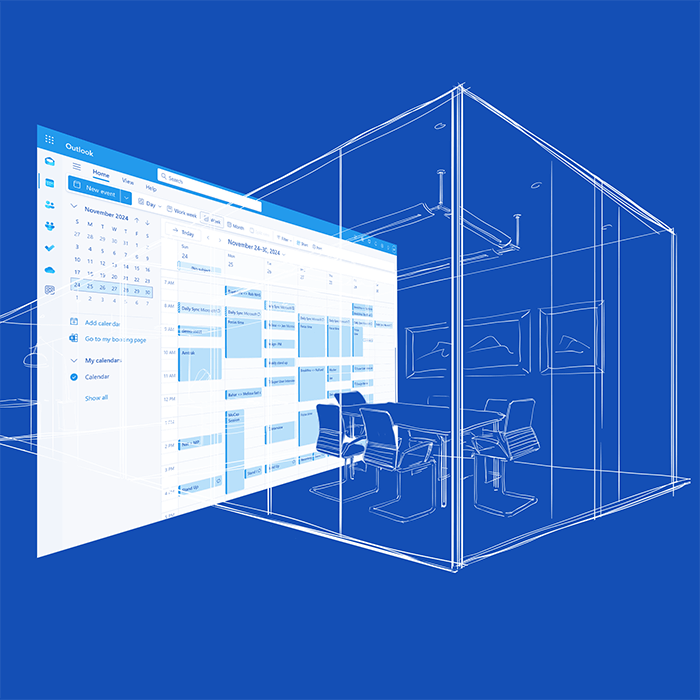
The Missing Design Layer of Modern Work
What if we took a step back and asked the RIGHT questions?
Not - “What are the most effective strategies for getting people to come back to the office?”
But instead - “What if we designed the work experience based on what people really need?”
Work in Progress (powered by FullCircle) convened 29 leaders in May 2025 to dive into this fundamental question, along with equally challenging questions that are critical to intentionally designing the future of work. See the full report here.
We co-led a break-out session called “Thriving together: enhancing cognition, collaboration and productivity infrastructure” that moved beyond the tired return-to-office debates into strategizing around what people really need from their organizations to operate as functional and fulfilled individuals and thriving teams.
Post-2020, many companies may tout hybrid work policies, but how many of them have truly responded to what people need to perform at their best? Hybrid work policies tell employees that they need to be in the office (the “where”) a certain number of days a week (the “when”), without guidance on the “how”, “who”, or “why”. It’s no surprise that most of us have heard the common grievance: “I come into the office, just to sit in on Zoom meetings all day.”
Our physical spaces are constantly being co-opted by the digital, which turns the “when” and “where” of hybrid work into limiting constraints, rather than intentionally designed assets for our work experience.
For most of history, physical spaces have facilitated and hindered us in ways we don’t consciously acknowledge. When we find ourselves in front of a prominent staircase, we walk up. When we find ourselves at a desk with a task lamp, we turn it on. When we find ourselves in a room at a fixed table facing a wall, we stay facing the wall. Our spaces nudge us to behave, think, and feel.
With the digital playing a growing role in our physical lives, we must intentionally design our work experience with both place and time in mind.
Just as our physical spaces guide our behavior as we move through the world, we have inadvertently handed the keys over to our technology to shape our time. Our time is largely unprotected. We are at the mercy of half-hour meeting increments, unrelenting notifications from countless platforms, and no prioritization of any of it.
When we treat all time as the same, we lose out on the opportunity to design our “optimal”.
Three different 15-minute slivers of time between meetings are not equal to one consecutive 45-minute chunk. A working session at 8:00 pm is not the same as a working session at 11:00 am. Different times of the day afford us different opportunities, depending on their context, our biological rhythms, and personal preferences.
Modern work is missing a fundamental design layer in which we consider place and time as powerful tools for shaping our work experience.
If we don’t intentionally design how we use them in tandem, we will continue to be at the mercy of what has been chosen for us.
In our Work in Progress break-out session, we divided further into three smaller groups, each tasked with designing a work week for a specific team and their unique challenges. This exercise provided the platform for our group to put the missing design layer of place and time into practice.
It also stimulated more provocative questions from the group about how we might reconsider our existing work structures:
Meetings + Time
What if… we totally redesigned how we meet and how we spend our time?
- What if no one ever felt their time was wasted at work?
- What if all companies had meeting design playbooks?
- What if Maker Weeks canceled all recurring meetings every quarter?
- What if meetings were renamed by intent - “action”, “alignment”, etc?
Resources + Places
What if… our workplaces and tools unlocked potential that we did not even realize we had?
- What if our workplaces and tools were seen as an interface for relationships, not tasks?
- What if your workspace changed based on your goal?
- What if outdoor workspaces were essential infrastructure?
- What if workspaces signaled their emotional tone?
Circuit Breaking
What if… we did it all differently?
- What if team norms were co-authored and revisited regularly?
- What if vulnerability was a measured & rewarded leadership skill?
- What if grievance airing was facilitated by AI and humans together?
- What if outcomes were rewarded, not appearances?
Provocations for Thought
Start with the human. Lead with ground rules. Create safe spaces.
Design places, tools, and experiences with intention.
Embrace the concept of “unconference”. Plan to start without a plan.
Provide variety. We are held back by preconceived notions about types of places. People deserve to experience - and be wowed - by an unexpected experience.
Trust the aura vibe. People just know what feels right.
Design cannot be done in isolation. Physical spaces designed in a silo might not support the needs. Why risk it?
Circuit breaking → innovate.
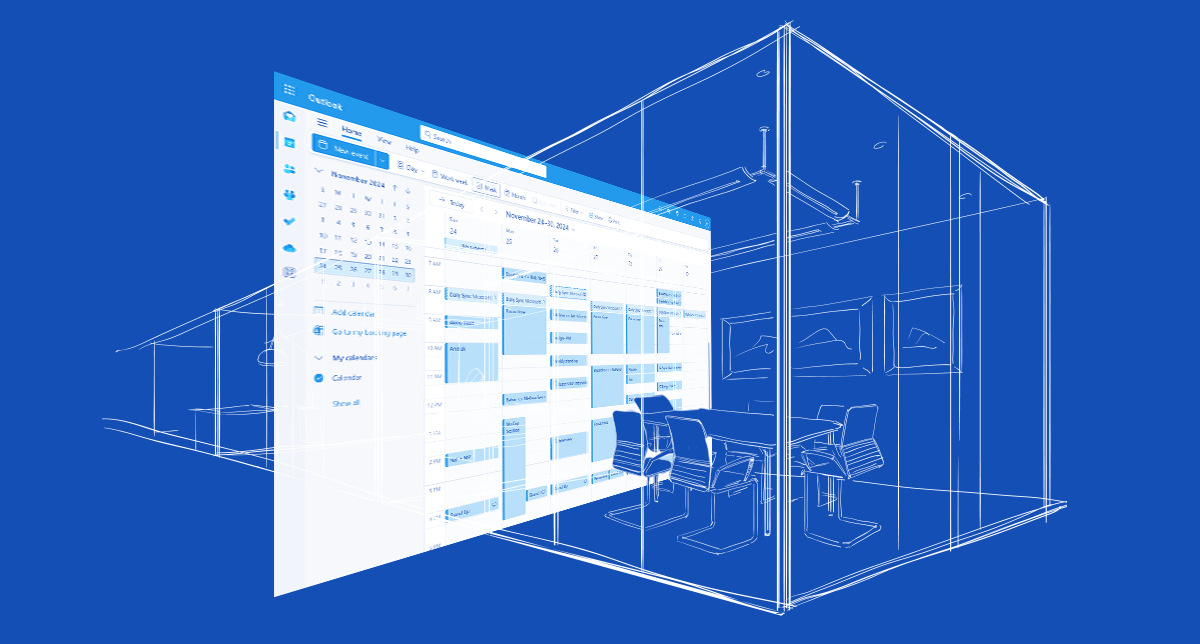
The irony of what we discovered through the exercise is: people already know what they need, but what they need is not being implemented into the structures of work.
There was consensus on the importance of investing in relationships first and foremost. We intuitively understand that our people are the foundation for the effectiveness of our teams. So then, why don’t our organizations listen to them?
People deeply crave natural settings, physical movement, and time spent well together. We think with our spaces, each other, and our bodies. So then, why don’t our typical work structures more thoughtfully integrate these practices into the work experience?
Let’s take the richness of what people already know about themselves and institutionalize it so that people aren’t swimming against the tide.
Instead of designing work structures around what is easiest to manage from an operational standpoint, we should be implementing new norms and expectations around our places and time, by leaning into what people really need to succeed.
We owe it to ourselves and each other to advocate for the missing design layer that intentionally connects what humans need from their places, time, and all the other critical pieces that make up the work experience. Organizations have a critical responsibility to add this missing design layer for the sake of their people - their future depends on it.
Breakthru in the World
Request a demo to learn how teams stay sharper, healthier, and more connected with Breakthru
See how science-backed, 2-minute microbreaks can boost focus, motivation, and resilience for your organization.
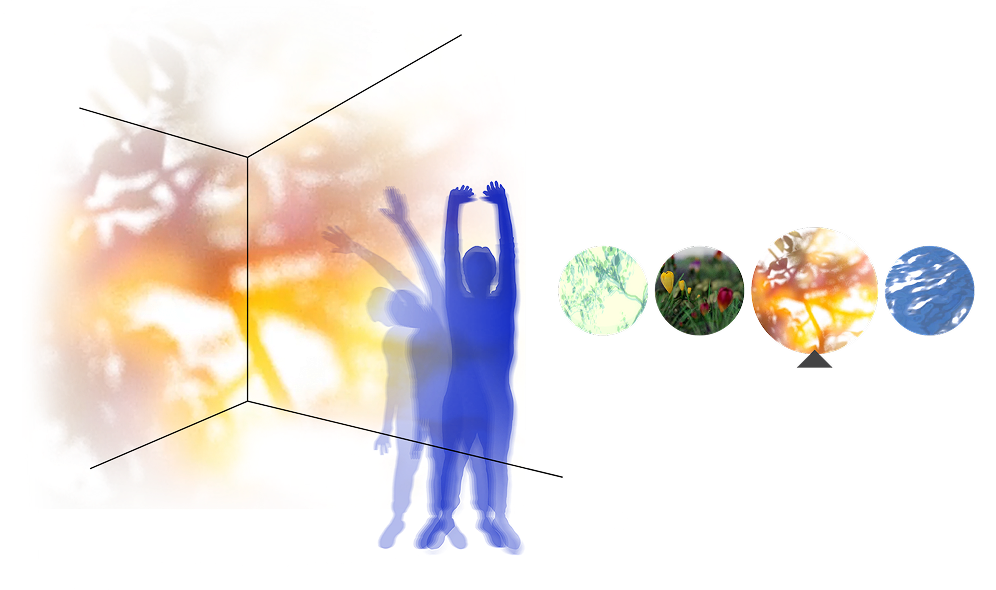
Join the
45,000+
corporations, educational
communities, and non-profits
worldwide using Breakthru.

